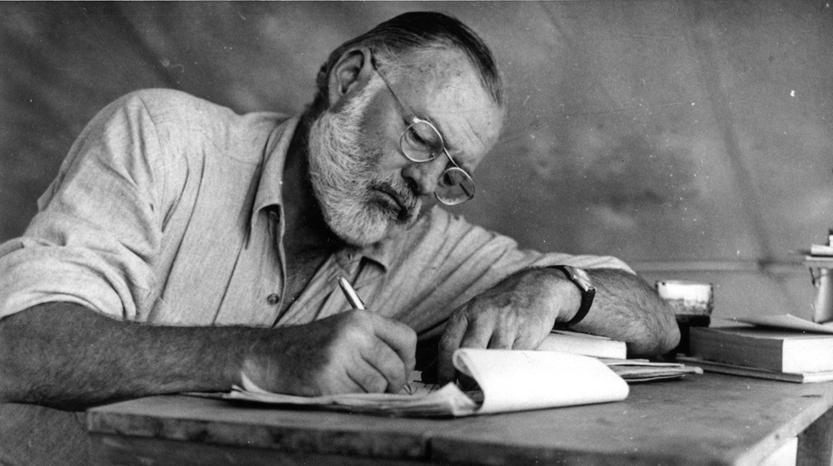Looking for a writer to model? Why not the master, Ernest Hemingway? We know what you’re thinking, “I’m not a novelist.” Well, you don’t have to be. It’s time to reach into your memory and recall the writing style of Hemingway. Are you there yet?
Hemingway didn’t embrace the flowery prose of the literati. He chose to write simply, concisely, clearly. Here’s what you can learn from the Tao of Hemingway.
Hemingway’s four writing rules
- Short sentences: Hemingway was famous for a terse minimalist writing style. He dispensed with flowery adjectives and got straight to the point. In short, he wrote with simple genius.
- Brief intro paragraphs: No need to ramble. Be like Hemingway and get to the point.
- Vigorous language: Vigorous language isn’t weak, limp, lame or pathetic. It’s forceful, born from passion, focus and intention. Vigorous language is the difference between applying leverage to move a boulder… or sweating, grunting and straining your body to the point of exhaustion and still not moving it!
- Word choice: Choose the right word for what you’re writing and who you’re writing for. Economical instead of inexpensive; inexpensive instead of cheap; pre-owned instead of used. You get the point.
Hemingway developed his four rules for writing in 1917 while working as a reporter for the Kansas City Star. However, he’s probably most remembered for the following writing tip. “I write one page of masterpiece to ninety-one pages of [crap]. I try to put the [crap] in the wastebasket.”
Even a master knows writing can be hard.



